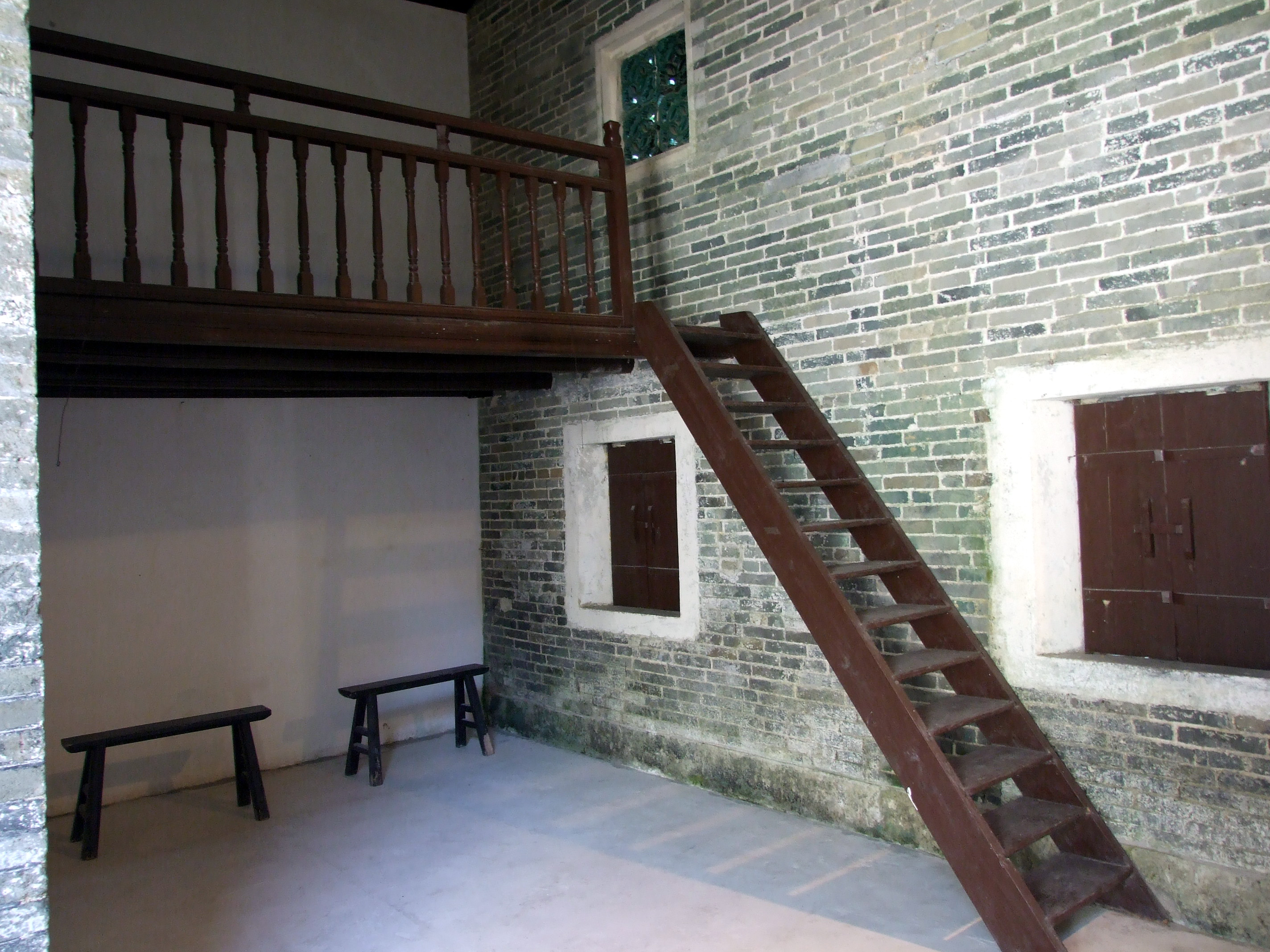Sheung Wo Hang on:
[Wikipedia]
[Google]
[Amazon]


 Sheung Wo Hang
Sheung Wo Hang
Leaflet about the Kang Yung Study Hall
/ref> is a
Wing Kat Tong, No. 18A Sheung Wo Hang
/ref> At the time of the 1911 census, the population of Sheung Wo Hang was 443. The number of males was 175. Since the 1950s many inhabitants of the village have moved to urban areas in Hong Kong and abroad.
/ref> * Lee ancestral hall (). Not graded. * Wing Kat Tong (), a communal hall, at No. 18A. Probably built before 1905. Not graded.
Delineation of area of existing village Sheung Wo Hang (Sha Tau Kok) for election of resident representative (2019 to 2022)
*
Sheung Wo Hang Tsuen
Pictures of Sheung Wo Hang
{{coord, 22.523672, 114.195193, region:CN_type:city, display=title Walled villages of Hong Kong Sha Tau Kok Villages in North District, Hong Kong
Antiquities and Monuments Office
The Antiquities and Monuments Office (AMO) is a Hong Kong government organization established in 1976 under the Antiquities and Monuments Ordinance to protect and preserve historic monuments. Housed in the Former Kowloon British School, the AMO ...
Leaflet about the Kang Yung Study Hall
/ref> is a
Hakka
The Hakka (), sometimes also referred to as Hakka-speaking Chinese, or Hakka Chinese, or Hakkas, are a southern Han Chinese subgroup whose principal settlements and ancestral homes are dispersed widely across the provinces of southern China ...
village in Wo Hang, Sha Tau Kok
Sha Tau Kok () is a closed town in North District, Hong Kong. It is the last remaining major settlement in the Frontier Closed Area and is Hong Kong's northernmost town. Its residents are mostly descendants of Hakka farmers and Hoklo fisher ...
, in the North District of Hong Kong. It is occupied by members of Hakka Li (李) Clan. Until the 18th century, the village was known as Wo Hang ().
Administration
Sheung Wo Hang is a recognized village under theNew Territories
The New Territories (N.T., Traditional Chinese characters, Chinese: ) is one of the three areas of Hong Kong, alongside Hong Kong Island and Kowloon. It makes up 86.2% of Hong Kong's territory, and contains around half of the population of H ...
Small House Policy
The Small House Policy (SHP, ) was introduced in 1972 in Hong Kong. The objective was to improve the then prevailing low standard of housing in the rural areas of the New Territories. The policy allows an indigenous male villager who is 18 ye ...
. It is one of the villages represented within the Sha Tau Kok District Rural Committee. For electoral purposes, Sheung Wo Hang is part of the Sha Ta constituency, which is currently represented by Ko Wai-kei.
History
Before the arrival of the Lis, Wo Hang was occupied by the Hos (), the Tsangs () and the Tangs (). Lee Tak-wah (), a member of the Lis, moved to Wo Hang in 1698, shortly after the end of theGreat Clearance
The Great Clearance (), also translated as the Great Evacuation or Great Frontier Shift, was caused by edicts issued in 1661, 1664, and 1679, which required the evacuation of the coastal areas of Guangdong, Fujian, Zhejiang, Jiangnan, and Shando ...
. Kuen-lam (), son of Tak-wah, built an Ancestral Hall in the village. The feng shui
Feng shui ( or ), sometimes called Chinese geomancy, is a traditional form of geomancy that originated in ancient China and claims to use energy forces to harmonize individuals with their surrounding environment. The term ''feng shui'' mean ...
of the hall was considered harmful to the Hos, the Tsangs and the Tangs and they left the village. Members of the Li Clan later branched out to found the two nearby villages of Ha Wo Hang ("lower Wo Hang") and Wo Hang Tai Long (), in around 1730 and 1750 respectively. Wo Hang was subsequently renamed Sheung Wo Hang.Historic Building AppraisalWing Kat Tong, No. 18A Sheung Wo Hang
/ref> At the time of the 1911 census, the population of Sheung Wo Hang was 443. The number of males was 175. Since the 1950s many inhabitants of the village have moved to urban areas in Hong Kong and abroad.
Built heritage
The Kang Yung Study Hall () was built in the earlyQing Dynasty
The Qing dynasty ( ), officially the Great Qing, was a Manchu-led Dynasties of China, imperial dynasty of China and an early modern empire in East Asia. The last imperial dynasty in Chinese history, the Qing dynasty was preceded by the ...
by the Li Clan. The study hall was later converted into a public school, which closed in 1986. It is now a declared monument.
Other historical buildings include:
* Lee Sze Sai Kui () Entrance Gate. Built in the 18th century. Not graded.List of the 1,444 Historic Buildings in Building Assessment/ref> * Lee ancestral hall (). Not graded. * Wing Kat Tong (), a communal hall, at No. 18A. Probably built before 1905. Not graded.
See also
*Walled villages of Hong Kong
Most of the walled villages of Hong Kong are located in the New Territories.
History
During the Ming and Qing dynasties, coastal areas in Guangdong experienced numerous attacks from pirates. The area of present-day Hong Kong was particular ...
References
Further reading
* *External links
Delineation of area of existing village Sheung Wo Hang (Sha Tau Kok) for election of resident representative (2019 to 2022)
*
Antiquities and Monuments Office
The Antiquities and Monuments Office (AMO) is a Hong Kong government organization established in 1976 under the Antiquities and Monuments Ordinance to protect and preserve historic monuments. Housed in the Former Kowloon British School, the AMO ...
. Hong Kong Traditional Chinese Architectural Information SystemSheung Wo Hang Tsuen
Pictures of Sheung Wo Hang
{{coord, 22.523672, 114.195193, region:CN_type:city, display=title Walled villages of Hong Kong Sha Tau Kok Villages in North District, Hong Kong